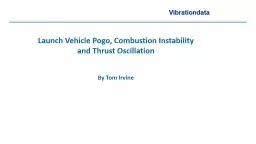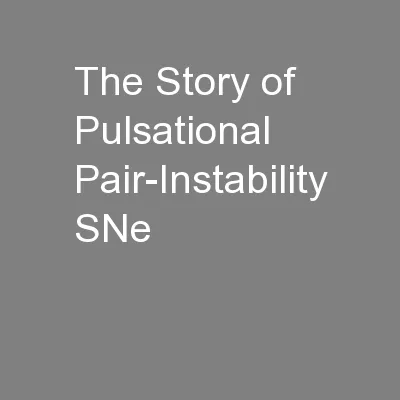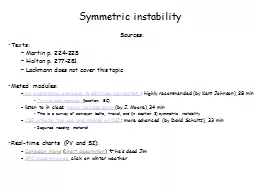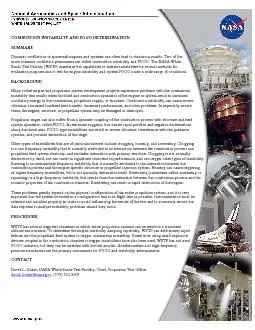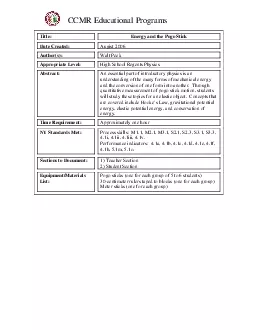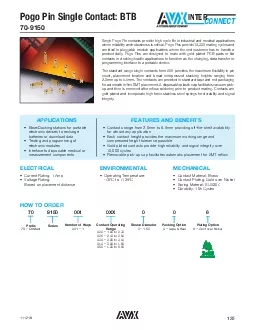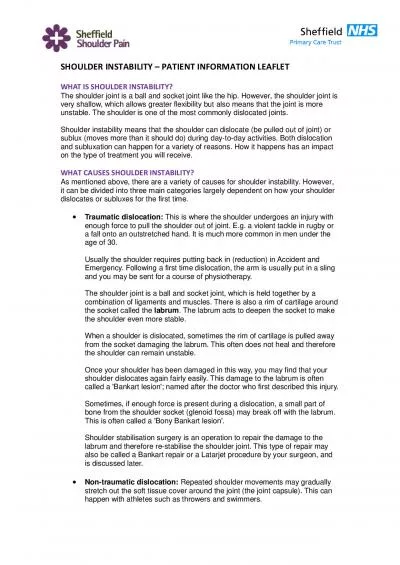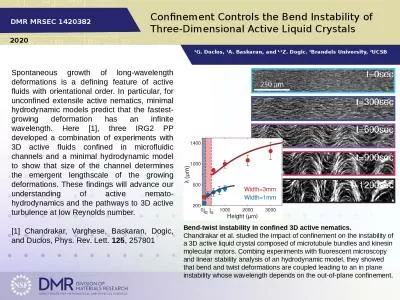PPT-Launch Vehicle Pogo, Combustion Instability
Author : briana-ranney | Published Date : 2019-11-09
Launch Vehicle Pogo Combustion Instability and Thrust Oscillation By Tom Irvine Vibrationdata Vibrationdata Introduction Pogo is a form of selfexcited vibration
Presentation Embed Code
Download Presentation
Download Presentation The PPT/PDF document "Launch Vehicle Pogo, Combustion Instabil..." is the property of its rightful owner. Permission is granted to download and print the materials on this website for personal, non-commercial use only, and to display it on your personal computer provided you do not modify the materials and that you retain all copyright notices contained in the materials. By downloading content from our website, you accept the terms of this agreement.
Launch Vehicle Pogo, Combustion Instability: Transcript
Download Rules Of Document
"Launch Vehicle Pogo, Combustion Instability"The content belongs to its owner. You may download and print it for personal use, without modification, and keep all copyright notices. By downloading, you agree to these terms.
Related Documents

